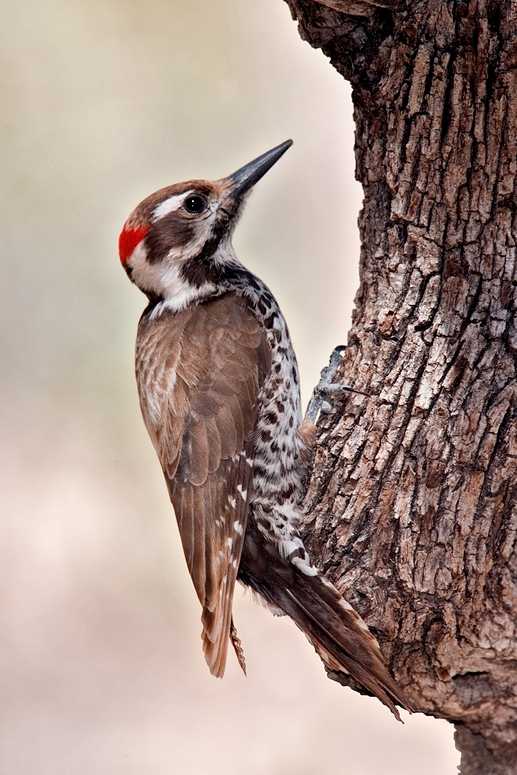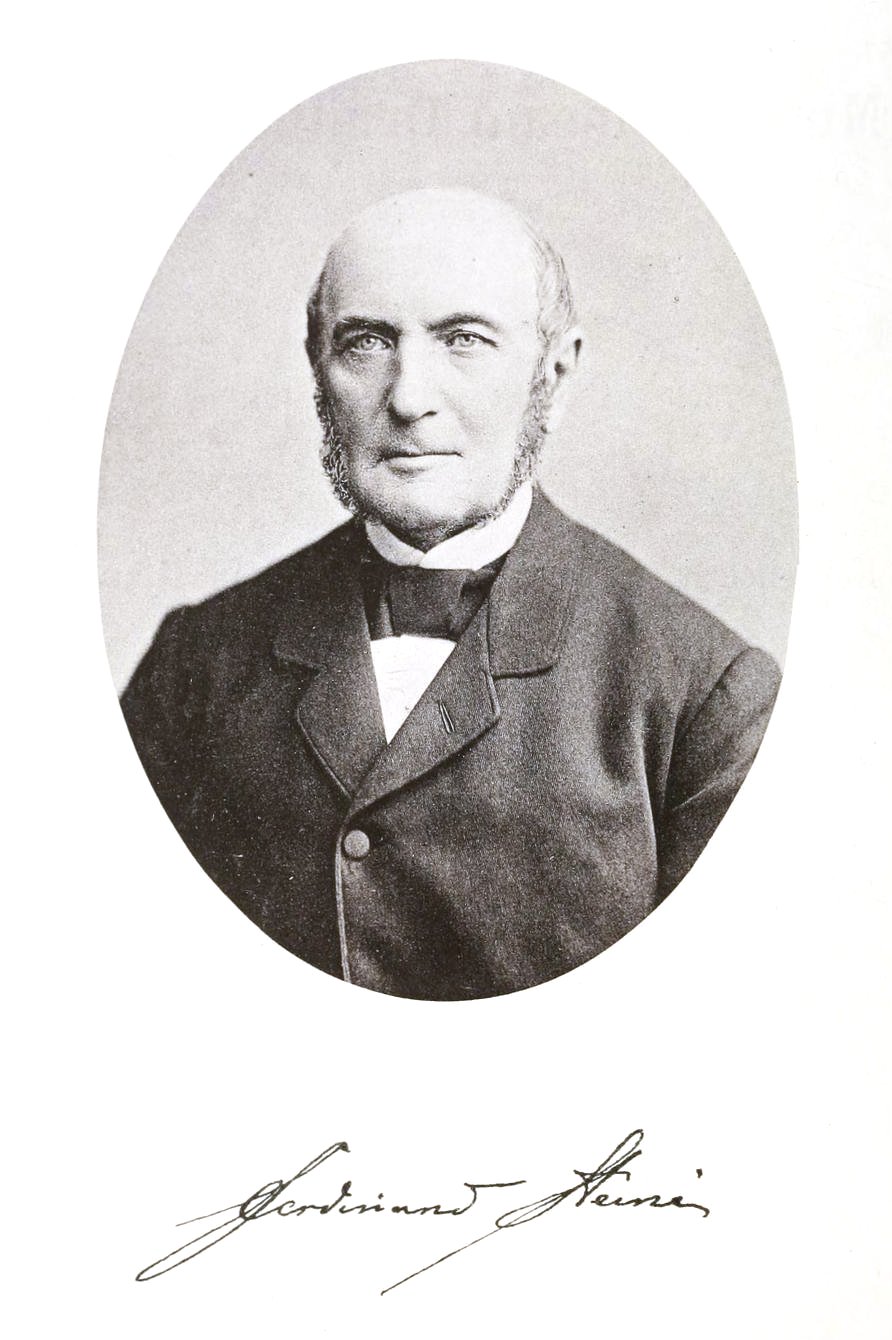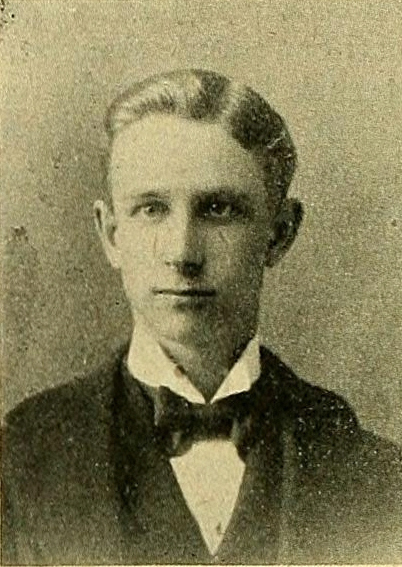|
Hairy Woodpecker
The hairy woodpecker (''Leuconotopicus villosus'') is a medium-sized woodpecker that is found over a large area of North America. It is approximately in length with a wingspan. With an estimated population in 2020 of almost nine million individuals, the hairy woodpecker is listed by the IUCN as a species of least concern. Some nomenclature authorities, such as the eBird/Clements checklist, place this species in the genus ''Dryobates''. Taxonomy The hairy woodpecker was described and illustrated with a hand-coloured plate by the English naturalist Mark Catesby in his ''The Natural History of Carolina, Florida and the Bahama Islands'' which was published between 1729 and 1732. When in 1766 the Swedish naturalist Carl Linnaeus updated his ''Systema Naturae'' for the twelfth edition, he included the downy woodpecker, coined the binomial name ''Picus villosus'' and cited Catesby's book. The specific epithet ''villosus'' is the Latin word for "hairy". Linnaeus specified the type lo ... [...More Info...] [...Related Items...] OR: [Wikipedia] [Google] [Baidu] |
Carl Linnaeus
Carl Linnaeus (; 23 May 1707 – 10 January 1778), also known after his ennoblement in 1761 as Carl von Linné Blunt (2004), p. 171. (), was a Swedish botanist, zoologist, taxonomist, and physician who formalised binomial nomenclature, the modern system of naming organisms. He is known as the "father of modern taxonomy". Many of his writings were in Latin; his name is rendered in Latin as and, after his 1761 ennoblement, as . Linnaeus was born in Råshult, the countryside of Småland, in southern Sweden. He received most of his higher education at Uppsala University and began giving lectures in botany there in 1730. He lived abroad between 1735 and 1738, where he studied and also published the first edition of his ' in the Netherlands. He then returned to Sweden where he became professor of medicine and botany at Uppsala. In the 1740s, he was sent on several journeys through Sweden to find and classify plants and animals. In the 1750s and 1760s, he continued to collect an ... [...More Info...] [...Related Items...] OR: [Wikipedia] [Google] [Baidu] |
Leuconotopicus
''Leuconotopicus'' is a genus of woodpeckers in the family Picidae native to North and South America. Taxonomy The genus was erected by the French ornithologist Alfred Malherbe in 1845 with Strickland's woodpecker (''Leuconotopicus stricklandi'') as the type species. The name ''Leuconotopicus'' combines the Ancient Greek ''leukos'' meaning "white", ''nōton'' meaning "back" and ''pikos'' meaning "woodpecker". The genus is sister to the genus ''Veniliornis'' and is one of eight genera placed in the tribe Melanerpini within the woodpecker subfamily Picinae. The species now placed in this genus were previously assigned to ''Picoides ''Picoides'' is a genus of woodpeckers (family Picidae) that are native to Eurasia and North America, commonly known as three-toed woodpeckers. Taxonomy The genus ''Picoides'' was introduced by the French naturalist Bernard Germain de Lacépè ...''. The genus contains the following six species: References Bird genera Taxa named by Alfr ... [...More Info...] [...Related Items...] OR: [Wikipedia] [Google] [Baidu] |
Baja California
Baja California (; 'Lower California'), officially the Free and Sovereign State of Baja California ( es, Estado Libre y Soberano de Baja California), is a state in Mexico. It is the northernmost and westernmost of the 32 federal entities of Mexico. Before becoming a state in 1952, the area was known as the North Territory of Baja California (). It has an area of (3.57% of the land mass of Mexico) and comprises the northern half of the Baja California Peninsula, north of the 28th parallel, plus oceanic Guadalupe Island. The mainland portion of the state is bordered on the west by the Pacific Ocean; on the east by Sonora, the U.S. state of Arizona, and the Gulf of California; on the north by the U.S. state of California; and on the south by Baja California Sur. The state has an estimated population of 3,769,020 as of 2020, significantly higher than the sparsely populated Baja California Sur to the south, and similar to San Diego County, California, to its north. Over 75% of ... [...More Info...] [...Related Items...] OR: [Wikipedia] [Google] [Baidu] |
Ferdinand Heine
Jakob Gottlieb Ferdinand Heine (9 March 1809, in Halberstadt – 28 March 1894) was a German ornithologist and collector. Heine had one of the largest private collection of birds in the mid-19th century. The collection now housed at the Heineanum Halberstadt Museum in Halberstadt (27,000 specimens, 15,000 books).The Eponym Dictionary of Birds by Bo Beolens, Michael Watkins, Michael Grayson wrote about the collection i [...More Info...] [...Related Items...] OR: [Wikipedia] [Google] [Baidu] |
Jean Cabanis
Jean Louis Cabanis (8 March 1816 – 20 February 1906) was a German ornithologist. Cabanis was born in Berlin to an old Huguenot family who had moved from France. Little is known of his early life. He studied at the University of Berlin from 1835 to 1839, and then travelled to North America, returning in 1841 with a large natural history collection. He was assistant and later director of the Natural History Museum of Berlin (which was at the time the Berlin University Museum), taking over from Martin Lichtenstein. He founded the ''Journal für Ornithologie'' in 1853, editing it for the next forty-one years, when he was succeeded by his son-in-law Anton Reichenow. He died in Friedrichshagen. A number of birds are named after him, including Cabanis's bunting ''Emberiza cabanisi'', Cabanis's spinetail ''Synallaxis cabanisi'', Azure-rumped tanager The azure-rumped tanager or Cabanis's tanager (''Poecilostreptus cabanisi'') is a species of bird in the family Thraupidae. It ... [...More Info...] [...Related Items...] OR: [Wikipedia] [Google] [Baidu] |
William John Swainson
William John Swainson FLS, FRS (8 October 1789 – 6 December 1855), was an English ornithologist, malacologist, conchologist, entomologist and artist. Life Swainson was born in Dover Place, St Mary Newington, London, the eldest son of John Timothy Swainson the Second (1756–1824), an original fellow of the Linnean Society. He was cousin of the amateur botanist Isaac Swainson.Etymologisches Worterbuch der botanischen Pflanzennamen by H. Genaust. Review by Paul A. Fryxell ''Taxon'', Vol. 38(2), 245–246 (1989). His father's family originated in Lancashire, and both grandfather and father held high posts in Her Majesty's Customs, the father becoming Collector at Liverpool. William, whose formal education was curtailed because of an impediment in his speech, joined the Liverpool Customs as a junior clerk at the age of 14."William Swainson F.R.S, F.L.S., Naturalist and Artist: Diaries 1808–1838: Sicily, Malta, Greece, Italy and Brazil." G .M. Swainson, Palmerston, NZ ... [...More Info...] [...Related Items...] OR: [Wikipedia] [Google] [Baidu] |
Harry C
Harry may refer to: TV shows * ''Harry'' (American TV series), a 1987 American comedy series starring Alan Arkin * ''Harry'' (British TV series), a 1993 BBC drama that ran for two seasons * ''Harry'' (talk show), a 2016 American daytime talk show hosted by Harry Connick Jr. People and fictional characters * Harry (given name), a list of people and fictional characters with the given name * Harry (surname), a list of people with the surname * Dirty Harry (musician) (born 1982), British rock singer who has also used the stage name Harry * Harry Potter (character), the main protagonist in a Harry Potter fictional series by J. K. Rowling Other uses * Harry (derogatory term), derogatory term used in Norway * ''Harry'' (album), a 1969 album by Harry Nilsson *The tunnel used in the Stalag Luft III escape ("The Great Escape") of World War II * ''Harry'' (newspaper), an underground newspaper in Baltimore, Maryland See also *Harrying (laying waste), may refer to the following historical ... [...More Info...] [...Related Items...] OR: [Wikipedia] [Google] [Baidu] |
Charles Foster Batchelder
Charles Foster Batchelder (July 20, 1856 – November 7, 1954) was an American ornithologist and naturalist. He was an early member and President of the American Ornithologists' Union, and of the Nuttall Ornithological Club. He also edited ''The Auk'', and before it, the ''Bulletin of the Nuttall Ornithological Club''. Biography Batchelder was born to Francis Lowell Batchelder and Susan Cabot Foster-Batchelder, and grew up next to Harvard University in Cambridge, Massachusetts. As a youngster, he developed a friendship with a number of future figures in ornithology, such as William Brewster, Henry Wetherbee Henshaw, Henry Augustus Purdie, Charles Johnson Maynard and William Earl Dodge Scott. Batchelder hardly knew his father, who had died when he was 18 months old. His sister also died at about the time he entered Harvard, having completed his studies at the local public high school. In university, he came in contact with several leading thinkers, and had a particular admiratio ... [...More Info...] [...Related Items...] OR: [Wikipedia] [Google] [Baidu] |
John James Audubon
John James Audubon (born Jean-Jacques Rabin; April 26, 1785 – January 27, 1851) was an American self-trained artist, naturalist, and ornithologist. His combined interests in art and ornithology turned into a plan to make a complete pictorial record of all the bird species of North America. He was notable for his extensive studies documenting all types of American birds and for his detailed illustrations, which depicted the birds in their natural habitats. His major work, a color-plate book titled ''The Birds of America'' (1827–1839), is considered one of the finest ornithological works ever completed. Audubon is also known for identifying 25 new species. He is the eponym of the National Audubon Society, and his name adorns a large number of towns, neighborhoods, and streets across the United States. Dozens of scientific names first published by Audubon are still in use by the scientific community. Early life Audubon was born in Les Cayes in the French colony of Saint-Dom ... [...More Info...] [...Related Items...] OR: [Wikipedia] [Google] [Baidu] |
Queen Charlotte Island
Haida Gwaii (; hai, X̱aaydag̱a Gwaay.yaay / , literally "Islands of the Haida people") is an archipelago located between off the northern Pacific coast of Canada. The islands are separated from the mainland to the east by the shallow Hecate Strait. Queen Charlotte Sound lies to the south, with Vancouver Island beyond. To the north, the disputed Dixon Entrance separates Haida Gwaii from the Alexander Archipelago in the U.S. state of Alaska. Haida Gwaii consists of two main islands: Graham Island () in the north and Moresby Island (, literally: south people island half, or "Islands of Beauty") in the south, along with approximately 400 smaller islands with a total landmass of . Other major islands include Anthony Island ( / ), Burnaby Island (), Lyell Island, Louise Island, Alder Island ( / ), and Kunghit Island. (For a fuller, but still incomplete, list see List of islands of British Columbia.) Part of the Canadian province of British Columbia, the islands were known ... [...More Info...] [...Related Items...] OR: [Wikipedia] [Google] [Baidu] |
Wilfred Hudson Osgood
Wilfred Hudson Osgood (December 8, 1875 – June 20, 1947) was an American zoologist. Biography Osgood was born in Rochester, New Hampshire, the oldest child of a family of watchmakers. The family moved to California in 1888 and he went to study in Santa Clara, California, Santa Clara and San Jose, California, San Jose. He joined in the activities of the Cooper Ornithological Club and found company in wikisource:Author:Chester Barlow, Chester Barlow and Rollo Beck, Rollo H. Beck. He taught at a school in Arizona for a year and then moved to the newly formed Stanford University, where he came to meet Charles Henry Gilbert, Charles H. Gilbert and David Starr Jordan. He joined the staff of the Bureau of Economic Ornithology and Mammalogy, of the United States Department of Agriculture at the age of 22. This group later became the Bureau of Biological Survey under Clinton Hart Merriam. In 1909 he moved to the Field Museum of Natural History in Chicago, where he was assistant curator o ... [...More Info...] [...Related Items...] OR: [Wikipedia] [Google] [Baidu] |
Thomas Nuttall
Thomas Nuttall (5 January 1786 – 10 September 1859) was an England, English botany, botanist and zoologist who lived and worked in America from 1808 until 1841. Nuttall was born in the village of Long Preston, near Settle, North Yorkshire, Settle in the West Riding of Yorkshire and spent some years as an apprentice printer in England. Soon after going to the United States he met professor Benjamin Smith Barton in Philadelphia. Barton encouraged his strong interest in natural history. Early explorations in the United States In 1810 he travelled to the Great Lakes and in 1811 travelled on the Astor Expedition led by William Price Hunt on behalf of John Jacob Astor up the Missouri River. Nuttall was accompanied by the English botanist John Bradbury (naturalist), John Bradbury, who was collecting plants on behalf of Liverpool botanical gardens. Nuttall and Bradbury left the party at the trading post with the Arikara Indians in South Dakota, and continued farther upriver with Rams ... [...More Info...] [...Related Items...] OR: [Wikipedia] [Google] [Baidu] |





